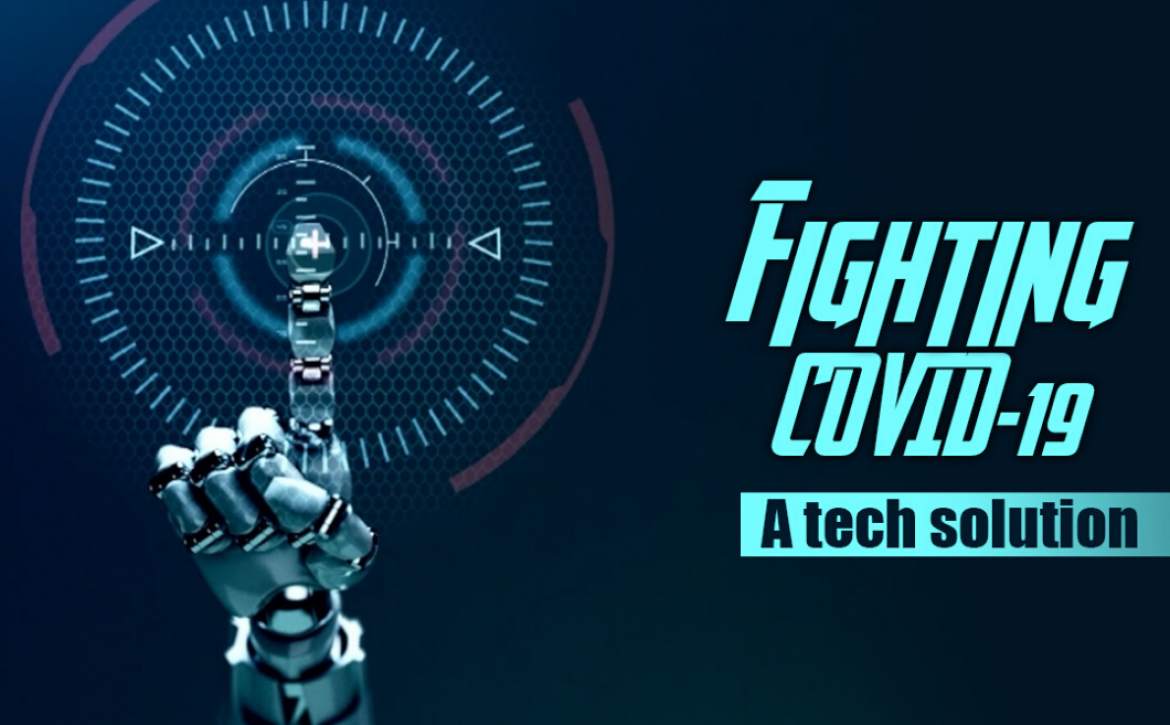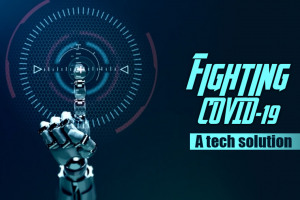5 ways to accelerate the digital transformation of your business
Digital transformation is the process of using digital technology to change existing and non-digital business operations and services or to generate new ones, in order to satisfy changing consumer and market expectations. In the business world, digital transformation is no longer a buzzword. Instead, it has become a survival, growth, and sustainability requirement. To remain competitive, businesses around the world have been bound to embrace digitalisation and new technology. However, putting a digital transformation strategy in place is a difficult task. It necessitates a substantial expenditure of time, resources, and money. This method drastically changes how businesses are conducted and how customers are served. Here are five strategies for accelerating your company’s digital transformation.
Focusing on Customer Experience
Focusing on customer experience is critical for accelerating your company’s digital transformation as it helps understand and address your customer’s demands in a rapidly changing digital world. Businesses that prioritise customer experience can gain a thorough understanding of their customers’ needs, pain points, and preferences which can then be used to build and provide goods, services, and experiences that meet or exceed their demands.
Businesses can take advantage of digital transformation to personalise experiences, anticipate needs, and adjust interactions across all touchpoints by utilising tools and platforms that can collect and analyse massive volumes of customer data and feedback. Businesses can use data and analytics to uncover patterns and trends, optimise processes, and improve the entire customer experience.
Customers who are satisfied with your products or services are more likely to suggest them to others, therefore focusing on customer experience can help firms establish brand loyalty and advocacy. Furthermore, feedback from consumers can be utilised to promote continuous improvement and innovation, resulting in the development of new products and services that better meet your customers’ needs.

Embracing Cloud Computing
Cloud computing has transformed the way businesses store, process, and retrieve data. Migrating existing IT infrastructure to the cloud is one approach to speed up your business’s digital transformation. Cloud computing can allow your businesses to use computing resources on-demand, such as storage, processing power, and software applications, without investing in physical hardware or IT infrastructure. This can assist businesses in quick and cost-effective scaling of their operations, as well as reducing the time to market new goods and services. Cloud computing also provides a high level of security and dependability since cloud providers use strong security measures as well as backup and disaster recovery systems.
You can start with migrating low-risk applications like email, file-sharing, or customer relationship management (CRM) systems, and can progressively move towards more complicated applications. Cloud computing service providers provide a variety of services such as Infrastructure as a Service (IaaS), Platform as a Service (PaaS), and Software as a Service (SaaS). The best provider and service model for your company can be determined by its needs, budget, and level of skills.
Investing in Artificial Intelligence
Artificial intelligence (AI) has the potential to transform businesses of all sizes and industries. Machine learning, natural language processing, and computer vision are examples of AI technologies that can automate activities, personalize experiences, and create insights that were previously difficult to attain with traditional approaches. AI may assist businesses in lowering costs, increasing efficiency, and improving decision-making.
You may accelerate the digital transformation of your business by investing in AI technologies that align with the goals and operations of your business. Chatbots, for example, can be used to improve customer service, provide statistical analysis to optimize your supply chain, or picture recognition to improve existing marketing campaigns. However, putting AI into practice requires a thorough understanding of the technology, data, and ethical implications. As a result, you may need to hire or train AI professionals, collaborate with AI vendors, or seek advice from AI consultants.
Implementing DevOps Practices
DevOps refers to a collection of practices that combine software development (Dev) with information technology operations (Ops) in order to increase cooperation, efficiency, and quality. DevOps seeks to automate software delivery, expand feedback loops, and encourage a culture of continuous improvement. DevOps can assist firms in reducing time-to-market, reducing errors, and increasing customer happiness.
You can accelerate your company’s digital transformation by implementing DevOps practices that are appropriate for its size, complexity, and maturity. Infrastructure as code (IaC), Agile techniques, continuous integration and delivery (CI/CD), monitoring and logging are all examples of DevOps practices. As it involves cross-functional teams, shared responsibilities, and automation tools, DevOps calls for a shift in mindset, skills, and tools. As a result, you could need to teach your workers, acquire DevOps experts, or outsource DevOps services.
Fostering a Culture of Innovation
Along with technology, digital transformation is also about people and culture. Fostering an innovative culture is critical for accelerating your company’s digital transformation since it drives creativity, experimentation, and adaption. Employees working in a culture of innovation are empowered to identify challenges and opportunities, develop ideas and take risks to drive change and enhance procedures. This can lead to the creation of new goods, services, and business models that can assist your company in remaining competitive in a rapidly shifting digital landscape. By cultivating an innovative culture, you can also create a more flexible and responsive business that is quick to react to evolving customer demands and marketplace conditions. This can help your company remain ahead of the competition and capitalize on new opportunities. Furthermore, a culture of innovation can attract and retain top talent who are driven by the opportunity to work on challenging, creative and exciting projects and have a say in the company’s direction.
In conclusion, accelerating your company’s digital transformation requires a multidimensional approach that incorporates technology, people, and culture. Businesses may stay ahead of the curve and achieve sustainable success in today’s digital landscape by focusing on customer experience, embracing cloud computing, investing in artificial intelligence, using DevOps practices, and cultivating an innovative culture.
However, digital transformation is a continuous process that requires ongoing investment, monitoring, and improvement and GoodWorkLabs is just the right place for this. Do go and check out GoodWorkLabs to evolve your business rapidly and keep up with the rapid pace of digital change that evolves every single day.










